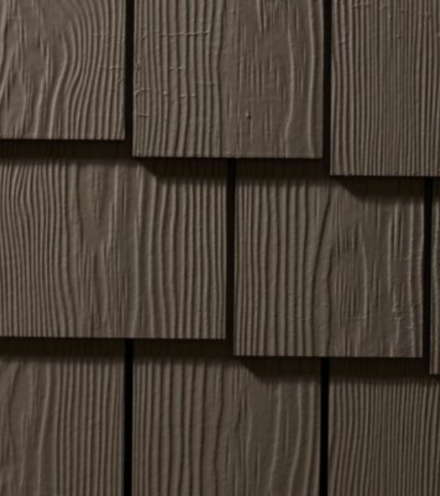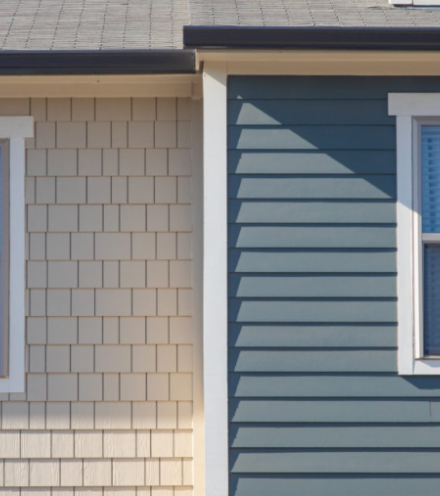
For the last several years, there’s been an upswing in the number of wildfires across numerous states. It’s predicted that this increase is not over yet, and many more homes and areas will be impacted by wildfires in the coming years.
While the reasons for this are varied, including more homes built in high risk areas, the fact remains that modern wildfires are more difficult to extinguish, resulting in more damage. With thousands of homes destroyed in recent years, more people are beginning to take note of these occurrences, and to take steps to protect their properties.
Choosing The Best Wildfire Resistant Siding
Homeowners who live in areas that have a moderate to high risk for wildfires are encouraged to begin proceedings designed to protect their homes. While this process is multi-faceted and includes things like firebreaks and good evacuation plans, it also includes using non-combustible materials to build and clad your home.
While wood and vinyl are both highly combustible, fiber cement siding is non combustible, and can help aid in creating a safer, more flame retardant home.
Why Non-Combustibility Matters
Most people are aware of the fact that a stick-built home sided in wood is likely to be combustible in the event of a fire. This is part of the reason why much of Colorado was rebuilt in brick after a major fire swept through Denver in the 1800s. At the time, politicians reasoned that brick buildings would be less likely to burn, and created what was known as a “brick ordinance.”
Today, people want more choices when it comes to cladding the exterior of their homes. Unfortunately, many of the common selections on the market today are highly combustible. Many people think that wood tops the list, but at lower temperatures, vinyl can go up in flames, while aluminum melts off the home. In fact, vinyl siding can begin to melt with flames as far as 40 feet from a structure, and is considered to be a contributing factor to how fast a fire can spread.
Using flame retardant or non-combustible materials on the exterior of a home helps prevent stray sparks from igniting the surface. It also helps prevent the exterior cladding from fueling the flames and allowing them to ignite the attic space - widely believed to be the most combustible area in the home.
Fire Resistant Fiber Cement Siding

The problem with many materials on the market today is that they are naturally combustible, or made of materials that are likely to melt at high temperatures. This includes both aluminum siding and vinyl siding, a type of plastic.
Fiber cement siding is made differently. It contains cement, wood fiber and other additives which help make the product exceptionally durable and low maintenance as well as flame resistant.
Fire cement siding is also available in a wide range of sizes, styles, and decorative elements. This means that it is possible to clad the entirety of your exterior in durable, flame resistant fiber cement. This includes fascia, soffits, and trim, and all are available in a wide range of colors that won’t peel, fade, or chip regardless of climate.
People living in wildfire prone areas have homes built in several architectural styles, and fiber cement siding makes cladding that can cover any of them with ease. This includes architectural panels, horizontal lap siding, cedar-look shingles, and board-and-batten style siding. So, no matter where your home is located and no matter what style it is, you can gain wildfire protection.
Additional Durability

Getting protection against wildfires is just one benefit of using fiber cement siding on your home. This highly durable material also resists freeze/thaw cycles, cracks and dents from impact, and insect activity. This is in contrast to other materials such as aluminum, which easily dents, and vinyl which can both crack and melt, as well as wood which can chip and peel.
Cladding a home in fiber cement increases its exterior durability in many ways. This means increased peace of mind from the possibility of stray sparks, as well as decreased maintenance and fewer repairs over its lifetime.
Protect Your Home with Fiber Cement Siding
If you live in an area with a moderate to high risk of wildfires, take steps to help protect your home and belongings by considering recladding your home in non-combustible fiber cement siding. Fiber cement is attractive, durable, and naturally flame resistant. Installing it as part of your wildfire protection can help reduce damage in the event of a fire. Install fiber cement siding today to help protect your home.
Powered by Froala Editor




